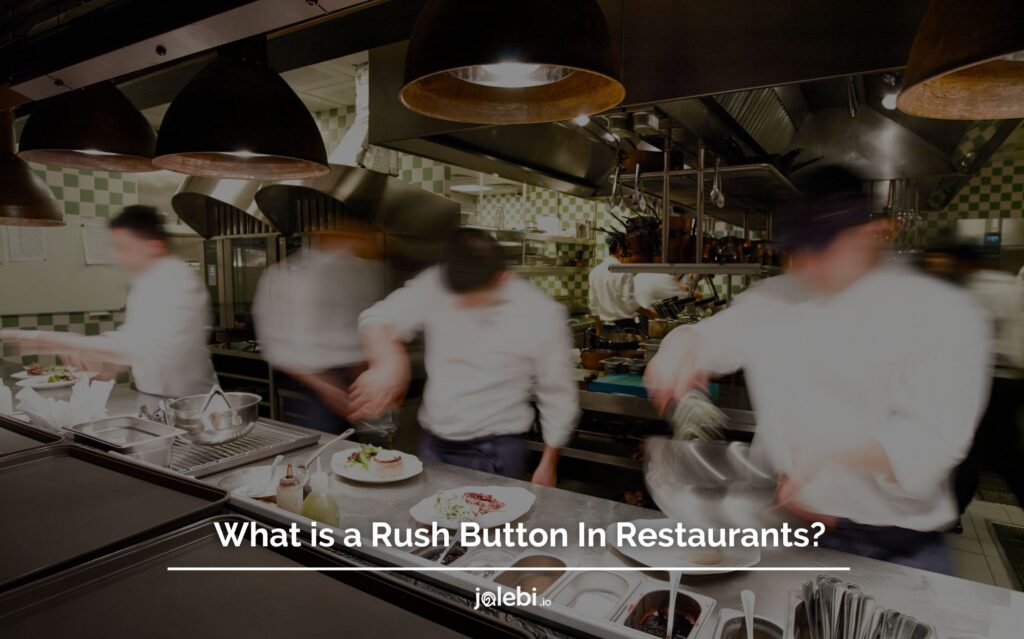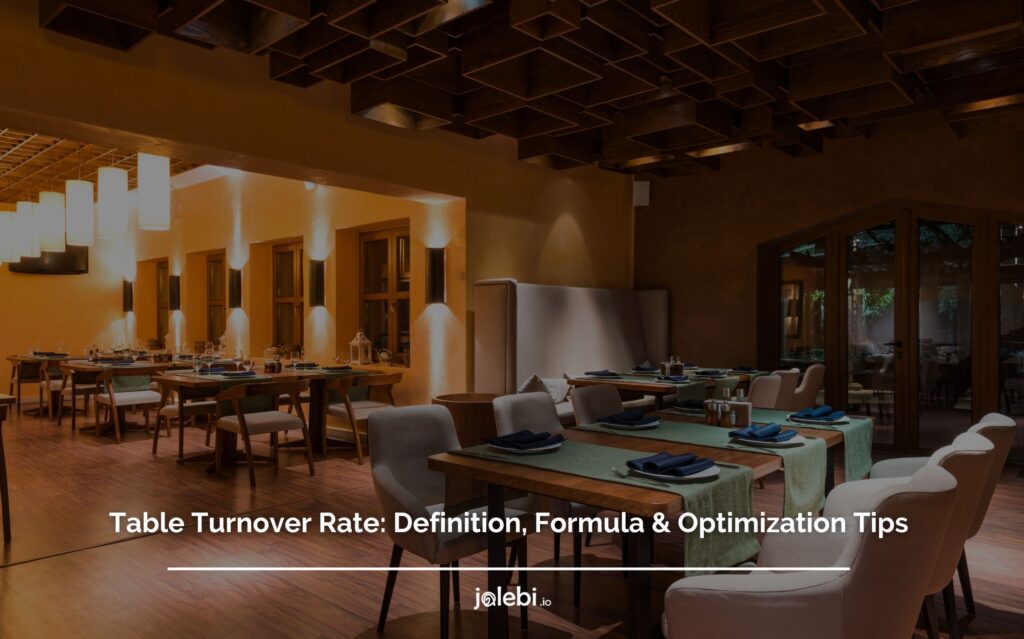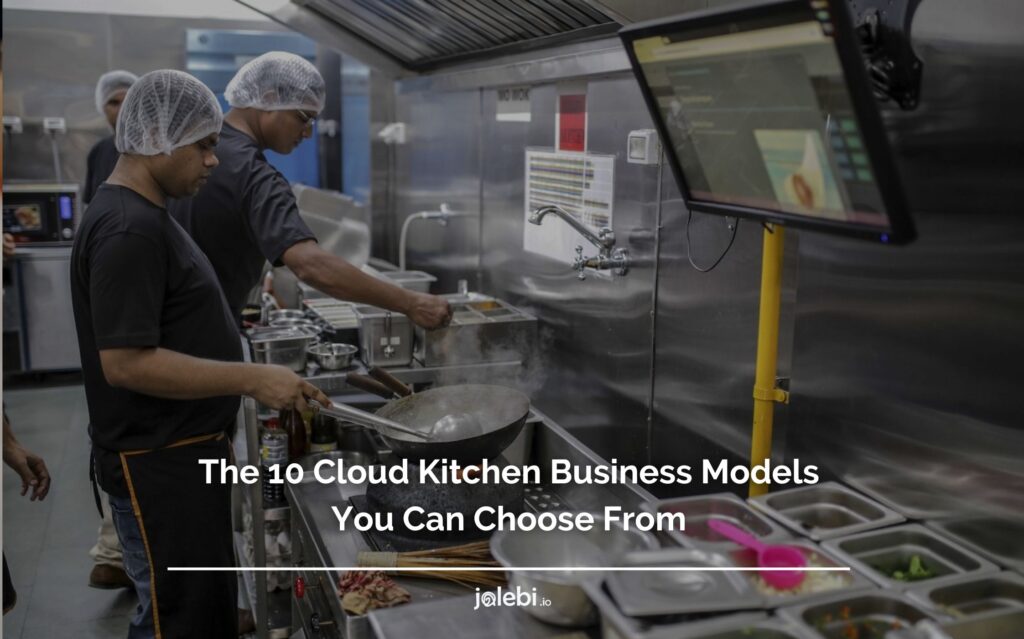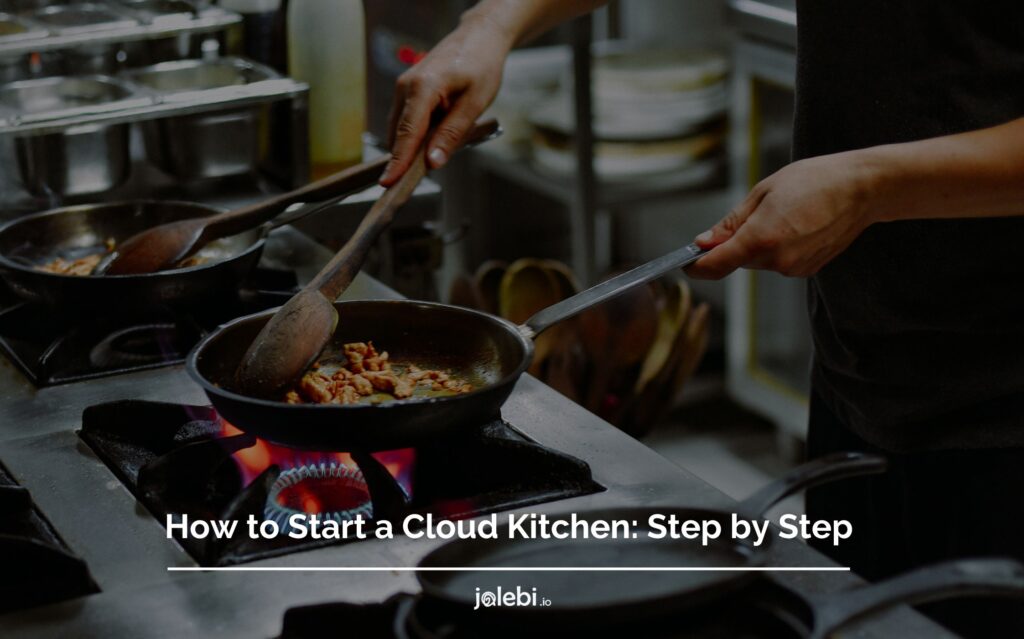Table of Contents
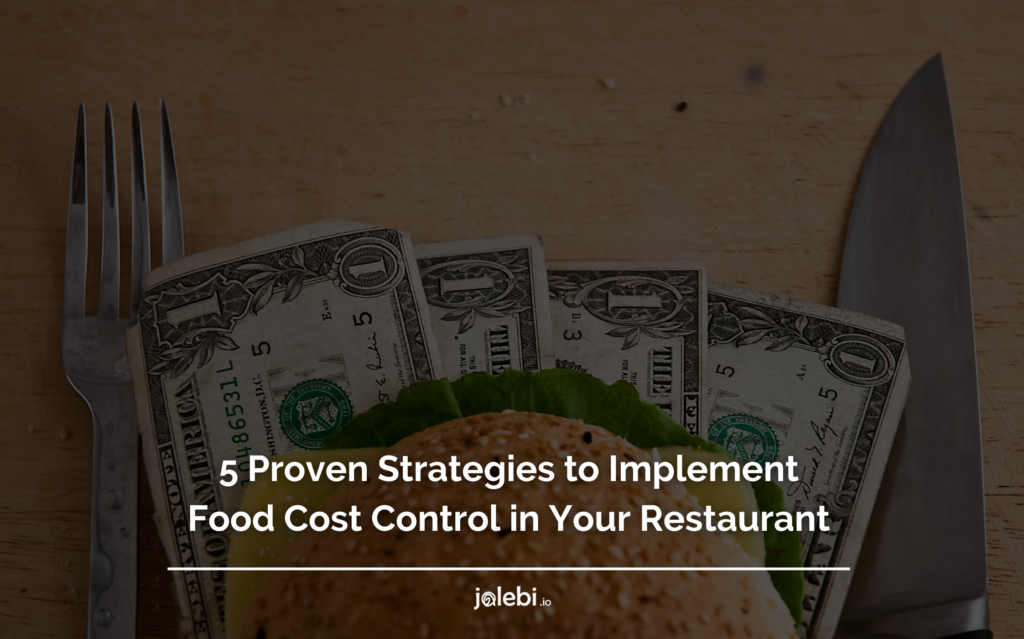
Navigating the challenges of the restaurant industry? You’re not alone. A study by Toast revealed that high food cost is the primary challenge for both successful (39%) and no-growth (47%) restaurant operations.
If you’re determined to overcome this obstacle and boost your business’s profitability, you’ve come to the right place.
Our blog is dedicated to providing you with proven strategies to implement effective food cost control measures.
With rising expenses and fierce competition, it’s essential to optimize your operations for financial success.
In this resourceful platform, we explore the crucial factors that impact food expenses and offer practical tips and insights for inventory management, waste reduction, menu engineering, and more.
Our expert contributors have hands-on experience in the industry, ensuring that you receive reliable advice and innovative solutions when it comes to food cost control.
Whether you’re a seasoned restaurateur or just starting out, our blog is your go-to resource for achieving sustainable growth and maximizing your restaurant’s profitability.
Get ready to revolutionize your approach to food cost control and propel your business to new heights of success!
What Is Food Cost Control?
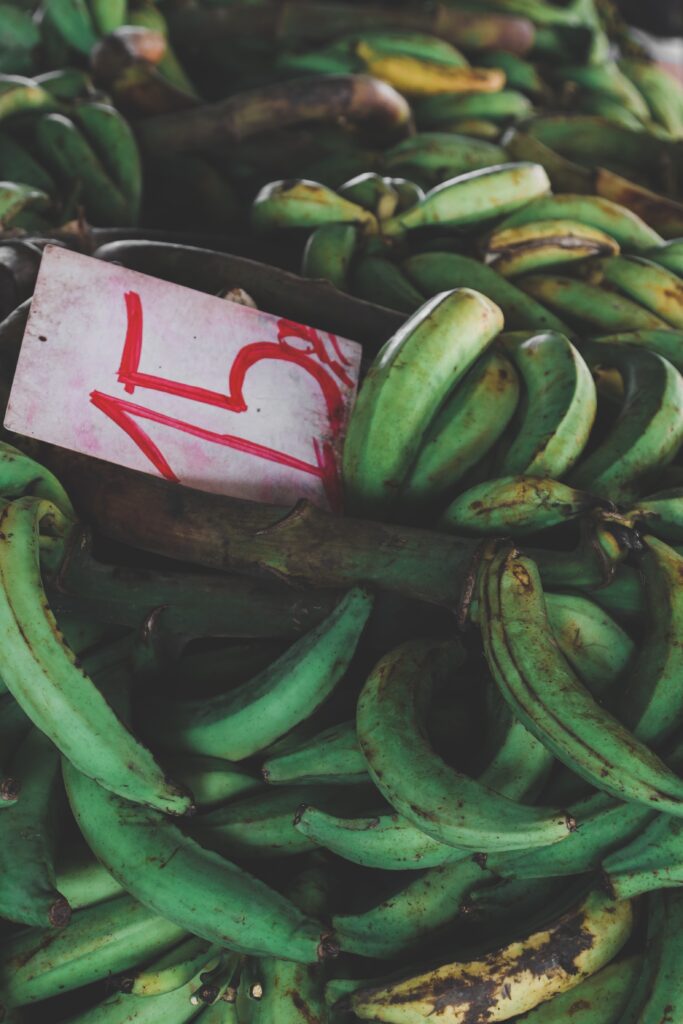
Food cost control refers to the systematic management and monitoring of expenses associated with food and beverage operations in the hospitality industry, particularly in restaurants and food service establishments.
It involves implementing strategies and practices to minimize food costs while maintaining quality standards and profitability.
Food cost control encompasses various aspects, including purchasing, inventory management, portion control, waste reduction, menu engineering, pricing strategies, and analyzing cost variances.
Factors That Determine Food Cost Control For Restaurants

Several factors influence the food cost at restaurants. Understanding these factors is crucial for effective cost control for restaurants and profitability. Here are the key determinants:
- Ingredient Costs
The cost of raw ingredients has a significant impact on food cost control for restaurants. Fluctuations in market prices, seasonality, and availability can affect ingredient expenses, especially for perishable items.
- Menu Composition
The composition of the menu, including the types of dishes, ingredients used, and portion sizes, directly influences food cost. Complex and high-end ingredients tend to be more expensive, impacting overall costs.
- Purchasing and Supplier Relationships
The procurement process and supplier relationships impact food costs. Negotiating favorable pricing, selecting reliable suppliers, and monitoring quality and consistency play a vital role in controlling food costs.
- Waste and Loss
Minimizing waste and loss is crucial for cost control. Proper inventory management, portion control, efficient food preparation, and staff training help reduce food wastage and associated costs.
- Kitchen Efficiency
The efficiency of kitchen operations affects food costs. Streamlining workflows, optimizing production processes, and training staff to minimize errors and maximize productivity contribute to cost control.
Tried And Tested Strategies For Controlling Food Cost At Restaurants
Whether you’re a seasoned restaurateur or just starting, this section offers valuable tips and innovative solutions to help you navigate the challenges of controlling food cost at restaurants and drive financial success.
Get ready to revolutionize your approach to food cost management and unlock the potential for increased profitability in your restaurant.
1- Menu Engineering and Analysis
Conduct a thorough analysis of your menu by assessing the cost and popularity of each item. Identify high-cost ingredients and evaluate their contribution to overall profitability.
Consider ingredient substitutions or alternative sourcing options that offer similar flavors at lower costs.
Additionally, analyze sales data to determine which menu items have the highest profit margins and promote them as specials or signature dishes to drive customer demand.
jalebi offers a seamless solution for updating menus across all branches, enabling restaurants to achieve uniformity and enhance food cost control.
With our platform, you can effortlessly make menu changes, add new items, or adjust prices from a centralized system. This ensures consistency across all locations, eliminating discrepancies and confusion.
2- Efficient Inventory Management
Implement an automated inventory management system to track ingredient usage, set par levels, and generate real-time reports.
Regularly review inventory data to identify trends and adjust ordering quantities accordingly. Adopt the FIFO method (First-In, First-Out) to ensure the use of older ingredients before newer ones, reducing the risk of spoilage.
Conduct routine inventory audits to identify discrepancies, eliminate waste, and maintain accurate stock levels.
With jalebi’s restaurant management platform, you can take control of your inventory like never before.
Our innovative solution enables real-time inventory tracking, ensuring you always have the right amount of stock on hand without waste.
Receive instant stock alert notifications, allowing you to replenish items before they run out or expire.
3- Supplier Negotiations and Relationships
Continuously evaluate your supplier options to ensure you are receiving competitive pricing and quality ingredients. Regularly assess the market to identify new suppliers or renegotiate terms with existing ones to ensure restaurant cost control.
Develop strong relationships with reliable suppliers and negotiate long-term contracts or volume discounts. Consider joining group purchasing organizations to leverage collective buying power.
These associations allow you to pool resources with other businesses to negotiate better prices and access a wider range of products. This can significantly lower your procurement costs while maintaining quality standards.
Regularly communicate with suppliers to stay informed about market fluctuations and explore opportunities for cost savings.
4- Portion Control and Standardized Recipes
Implement portion control guidelines to maintain consistency and minimize food waste.
Train your kitchen staff on proper portioning techniques, emphasizing the importance of accuracy. Encourage the use of portioning tools, such as scales or measuring cups, to ensure consistency across dishes.
To further enhance consistency and cost control, develop standardized recipes with precise ingredient measurements.
This helps maintain uniformity in taste, appearance, and portion sizes, ensuring customers receive the same quality experience with each order.
Regularly review portion sizes to assess their appropriateness concerning customer satisfaction and cost considerations.
Don’t forget to analyze customer feedback and monitor plate waste to identify any discrepancies or areas for improvement.
With jalebi’s recipe management feature, restaurants can enhance cost-effectiveness by modifying and updating their recipes.
Our user-friendly platform allows you to make adjustments to ingredients, portion sizes, or cooking techniques, ensuring optimal resource utilization without compromising on taste or quality.
5- Staff Training and Communication
Provide comprehensive training to your staff regarding cost control measures, emphasizing the impact of their actions on the restaurant’s profitability.
Encourage employees to share cost-saving ideas, such as suggestions for reducing waste or optimizing ingredient usage.
Foster open communication channels to address inventory discrepancies promptly and involve staff in finding solutions.
Conduct regular meetings or training sessions to update employees on cost control initiatives and recognize their contributions.
With jalebi, restaurants can achieve seamless coordination among staff during different shifts, ensuring a smooth transition between shifts.
By streamlining shift coordination, we empower restaurants to optimize operational efficiency, enhance customer satisfaction, and foster a cohesive work environment.
By implementing these actionable strategies, continuously monitoring their effectiveness, and encouraging a cost-conscious culture among your staff, you can effectively control food costs and enhance the financial success of your restaurant.
Manage Your Restaurant Food Costs With Jalebi
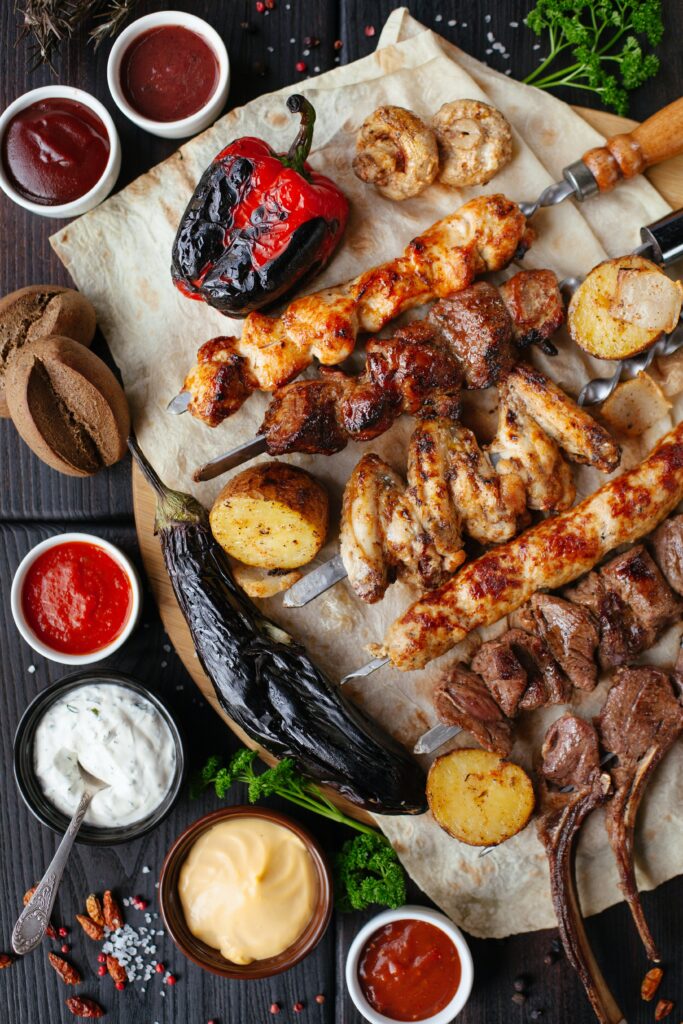
Are you ready to take control of your restaurant’s food costs and skyrocket your profitability? Look no further than jalebi, the ultimate solution for cost management.
With jalebi’s comprehensive features and user-friendly interface, you can effortlessly track and manage your food costs like never before. Say goodbye to guesswork and hello to data-driven decision-making.
Why Choose jalebi?
- Take advantage of the recipe management feature to fine-tune recipes, optimize ingredient usage, and reduce costs without compromising on taste.
- Utilize inventory tracking and real-time stock alerts to keep the right amount of inventory at hand, minimizing wastage and maximizing efficiency.
- Coordinate activities among staff during shifts with ease, ensuring a seamless transition and avoiding any operational hiccups that might increase restaurant costs.
jalebi empowers you to make data-driven decisions, negotiate better pricing with suppliers, and maintain consistency across multiple branches to maintain optimal food costs.
Final Thoughts
Maintaining optimal food costs is crucial to the success of any restaurant, as the average food cost percentage typically ranges between 28% and 32% of total food sales.
By implementing the strategies we’ve shared and harnessing the power of jalebi’s innovative features, you can effectively control food costs and boost restaurant profitability in no time.
Contact us today and unleash the potential for financial success with jalebi, your ultimate companion in optimizing food costs and achieving unparalleled profitability.
Frequently Asked Questions
- How can technology and software solutions aid in food cost control for restaurants?
Technology and software solutions offer valuable tools to streamline cost-control processes. Inventory management systems enable real-time tracking, reducing the chances of overstocking or understocking ingredients.
Integrated POS systems can provide data on sales and inventory, facilitating better decision-making.
Additionally, analytics tools can help identify trends, inefficiencies, and areas for cost-saving improvements.
- Are there any sustainability initiatives that can simultaneously benefit cost control?
Implementing sustainable practices can positively impact both the environment and cost control. By focusing on reducing waste, optimizing energy usage, and sourcing locally or seasonally, restaurants can lower operational costs and enhance their brand image.
Additionally, sustainable initiatives such as composting, recycling, and water conservation can contribute to overall cost reduction and demonstrate a commitment to responsible business practices.
- How can effective staff scheduling contribute to cost control in a restaurant?
Effective staff scheduling plays a significant role in cost control. By aligning staff schedules with anticipated customer demand, you can optimize labor costs and ensure adequate coverage during peak hours.
Properly trained and motivated staff members are more likely to adhere to portion control guidelines, minimizing food waste and reducing unnecessary expenses.
Additionally, efficient scheduling helps prevent overstaffing, which can lead to increased labor costs, while also avoiding understaffing, which can compromise service quality and customer satisfaction.
By strategically managing staff schedules, you can enhance operational efficiency, reduce unnecessary labor costs, and contribute to better cost control.




